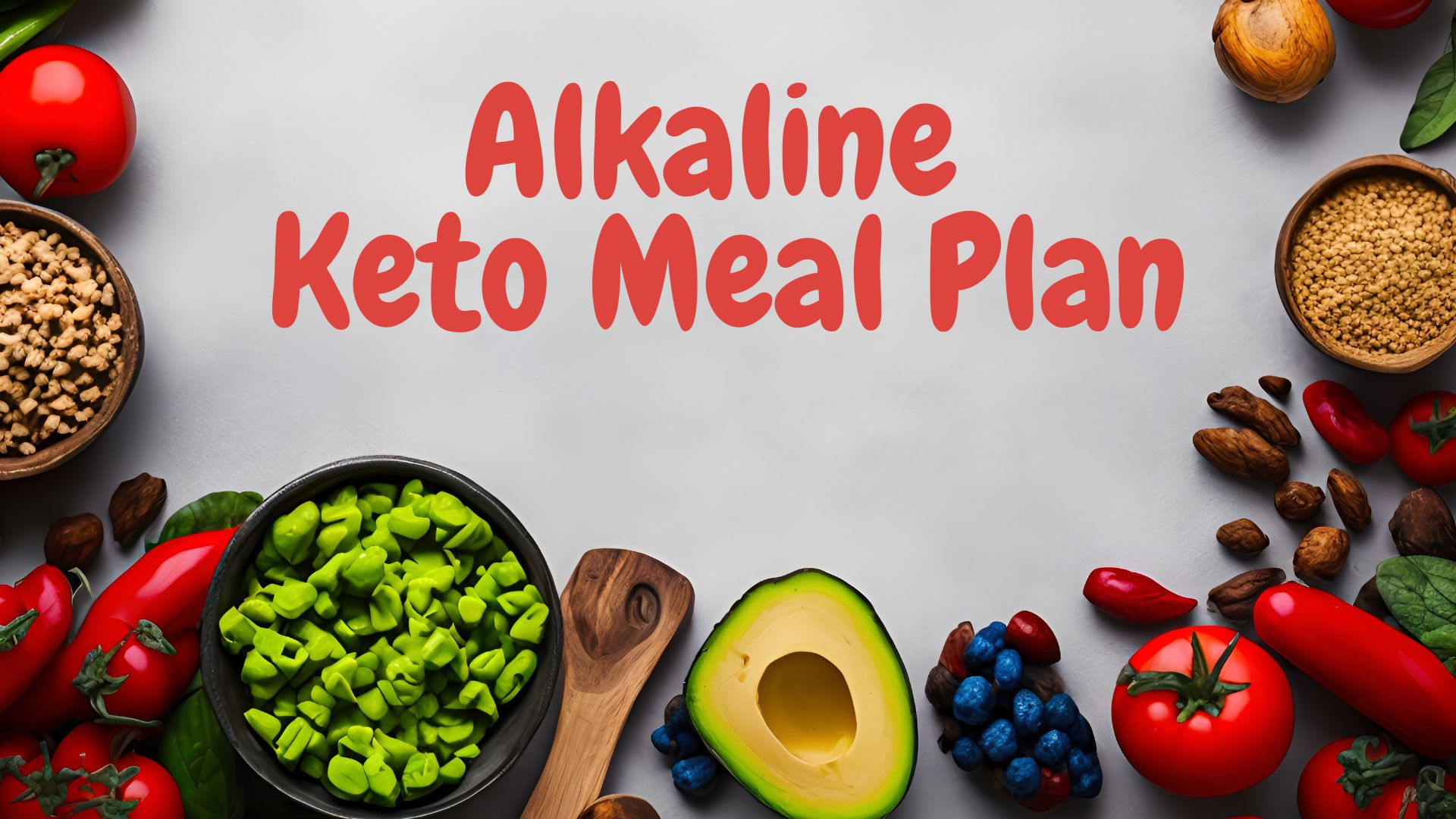Introduction:
Embarking on a journey towards optimal health and well-being often involves making thoughtful dietary choices. The alkaline keto meal plan offers a unique approach that combines the principles of both the alkaline and ketogenic diets. By embracing this strategy, individuals can nourish their bodies with nutrient-dense foods while promoting a state of ketosis and maintaining an alkaline environment. In this article, we will explore the concept of the meal plan and provide a detailed overview of each component to help you understand and implement this approach successfully.
Understanding the Alkaline Keto Meal Plan:
The alkaline keto meal plan merges two dietary philosophies that is the alkaline diet and the ketogenic diet. This diet focuses on consuming foods that promote an alkaline environment in the body, while the ketogenic diet emphasizes a low-carbohydrate, high-fat approach to induce ketosis. The alkaline keto meal plan combines the benefits of both approaches to create a balanced and sustainable dietary strategy.
Benefits:
- Enhanced Weight Loss: This meal plan supports weight loss promoting to ketosis, where the body utilizes stored fat as an energy source. Which can lead to more efficient fat burning and increased weight loss.
- Improved Metabolic Health: By reducing carbohydrate intake and focusing on nutrient-dense foods, the meal plan can help stabilize blood sugar levels and enhance metabolic health.
- Increased Energy and Vitality: This meal plan provides a steady source of energy by utilizing ketones as fuel, leading to improved energy levels and overall vitality.
- Reduced Inflammation: The meal plan emphasizes alkalizing foods that have an anti-inflammatory effect, potentially reducing chronic inflammation in the body.
- Enhanced Nutrient Intake: The alkaline keto meal plan encourages the consumption of nutrient-dense foods, such as low-carbohydrate vegetables, healthy fats, and quality protein sources, ensuring a well-rounded nutrient intake.
Implementing the Alkaline Keto Meal Plan:
To successfully adopt this diet plan, it is essential to focus on incorporating specific food groups while avoiding others. Here’s a breakdown of the key components:
- Alkalizing Foods: Alkalizing foods are an integral part of the diet plan. These include:
- Leafy green vegetables such as spinach, kale, and arugula.
- Cruciferous vegetables like broccoli, cauliflower, and Brussels sprouts.
- Low-sugar fruits such as berries, lemon, and lime.
- Fermented foods like sauerkraut and kimchi, which support gut health.
- Almonds and walnuts, which provide healthy fats and essential nutrients.
- Healthy Fats: This diet plan incorporates healthy fats, as they are a significant energy source in ketosis. Examples include:
- Avocado and avocado oil.
- Olive oil, known for its anti-inflammatory properties.
- Coconut oil, rich in medium-chain triglycerides (MCTs) that can enhance ketone production.
- Quality Protein Sources: To meet your protein needs, include the following in your alkaline keto meal plan:
- Organic, pasture-raised eggs.
- Grass-fed beef and poultry.
- Wild-caught fish like salmon and sardines.
- Plant-based protein sources like tempeh and tofu.
- Avoidance of Acidic and High-Carb Foods: To maintain an alkaline environment and promote ketosis, it is crucial to limit or avoid certain foods:
- Refined sugars and carbohydrates.
- Processed foods and artificial sweeteners.
- High-carbohydrate fruits, such as bananas and grapes.
- Dairy products, which can be acid-forming in the body.
- Grains and legumes, which are typically high in carbohydrates.
Sample Alkaline Keto Meal Plan:
To provide you with a practical understanding of how to structure your meals, here’s a sample one-day to your meal plan:
- Breakfast: Start your day with a nutrient-rich and satisfying meal, such as:
- Scrambled organic eggs cooked in coconut oil.
- Sautéed spinach and mushrooms.
- Half an avocado.
- Lunch: For a nourishing midday meal, include food such as:
- Grilled chicken breast with lemon and herbs.
- Roasted cauliflower and broccoli.
- A side salad with mixed greens and olive oil dressing.
- Snack: Choose a keto-friendly snack to keep your energy levels up:
- Handful of almonds and walnuts.
- Sliced cucumber with tahini dip.
- Dinner: End your day with a delicious and satisfying dinner:
- Baked salmon with a squeeze of lemon.
- Steamed asparagus drizzled with olive oil.
- Cauliflower rice sautéed with garlic and herbs.
- Dessert (optional): Indulge in a guilt-free dessert:
- Berries topped with a dollop of unsweetened Greek yogurt.
Remember, this sample meal plan is just a starting point, and you can customize it to suit your preferences and dietary needs.
Conclusion:
The alkaline keto meal plan combines the principles of the alkaline and ketogenic diets that helps to provide a balanced and health-supporting approach to nutrition. By embracing alkalizing foods, healthy fats, and quality proteins while avoiding acidic and high-carb foods, individuals can experience the numerous benefits of this innovative dietary strategy. As you embark on your alkaline keto journey, experiment with various recipes and food combinations to create a personalized meal plan that supports your goals of achieving optimal health and well-being.
